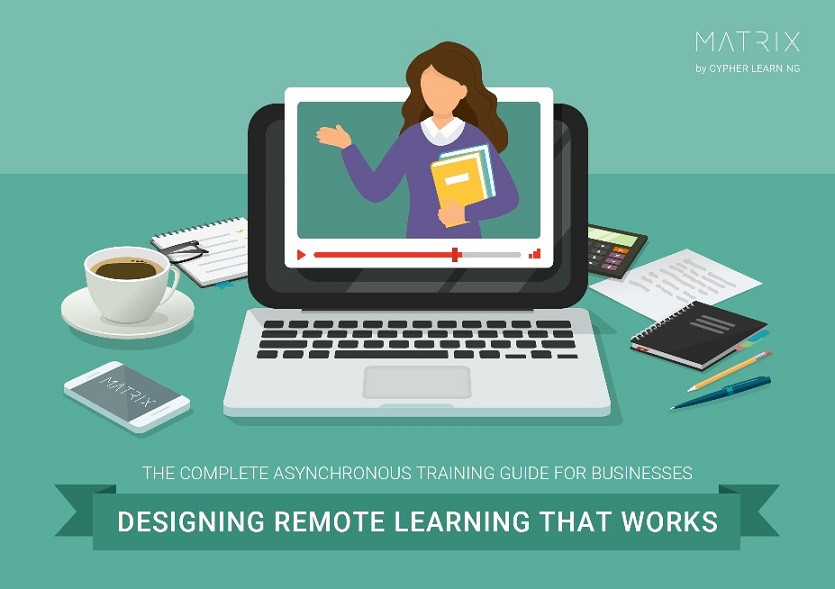Designing Remote Learning That Works
The Complete Asynchronous Training Guide for Businesses
Add bookmark
Traditional face-to-face training isn’t always great at meeting learners’ needs. That’s where asynchronous training comes into play. By its very nature, asynchronous training is more learner-centric. That’s because it allows each employee to go through a course at their own pace, at a time most convenient for them, thus personalizing their learning experience.
And it has special value as businesses adapt to remote work realities.
Asynchronous online training is the perfect solution when trainers and learners cannot physically be in the same place or find a convenient schedule. However, the biggest misconception is that online training exists in a binary setting: either asynchronous or synchronous. In practice, there’s a spectrum between these two training styles, and instructors can design a training experience that retains elements from both to various degrees.

Designing Remote Learning That Works: The Complete Asynchronous Training Guide for Businesses explores the spectrum between synchronous to asynchronous training, zooms in on five different types of asynchronous training, and offers instructors practical tips on enhancing their course design and creating the best such learning experiences.
From this white paper you will learn:
- The advantages and disadvantages of each training type from the synchronous to asynchronous spectrum.
- Which type of asynchronous training works best, depending on learners' needs.
- Different techniques for effective asynchronous training design.


















